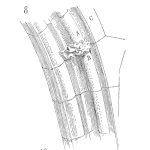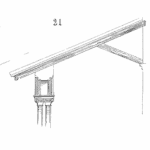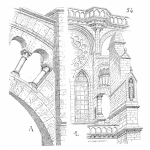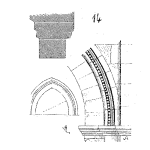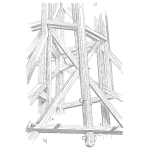
Imagine riding your motor scooter one sunny afternoon to your auntie’s home who lives near the sea, 20 miles from your home. On your trip there, the wind is at your back and the terrain slopes downward, resulting in an average speed of 25 mph. On the way home however, you’re motoring on a slight upward slope and into the wind, resulting in an average speed of 15 mph.
